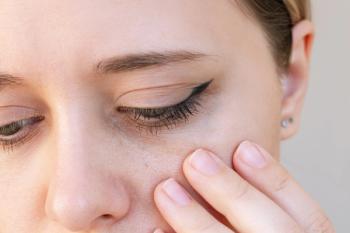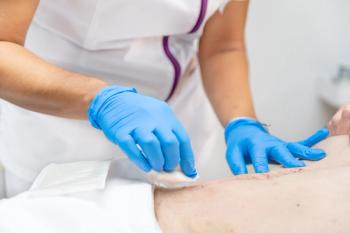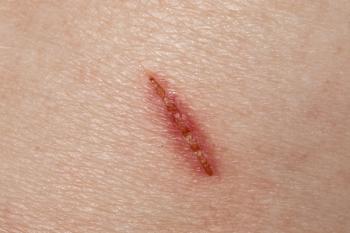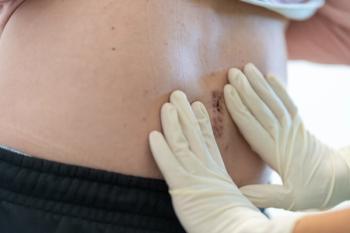
Theories of Skin Aging and Wound Care
A study in the Advances in Skin & Wound Care Journal dove into the clinical aspect of aging skin that clinicians should consider when practicing wound care.
Researchers aimed to provide information about the changes associated with aging skin and the implications of them for wound care practitioners in a study published in the
The goal of the article is to help physicians better:
- Describe proposed biological theories of aging and the biology of aging skin.
- Discuss the clinical consequences of aging skin and the implications for wound care practitioners.
Theories of Aging
One theory of aging is the free radical theory and mitochondrial DNA damage. Mitochondria are organelles within cells that are responsible for respiration, which promotes energy production using oxygen and simple sugars to produce adenosine triphosphate, the article explains. The DNA is located in a place with little protection and cannot repair itself which can lead to aging skin. The free radicals are atoms or molecules containing unpaired electrons that initiate a damaging chain reaction resulting in DNA crosslinking that leads to aging and may contribute to cancer genesis, the article continues.
Another theory is telomere shortening. Telomere are the repetitive sequences of DNA located at the ends of each chromosome and they don’t encode any gene products. In fact, they protect the chromosomes from fraying or sticking to each other which means they have a stabilizing function. When they shorten, it means may contribute to age and cause cells to enter a senescent, nonreplicating state.
There is also inflammation. A major source of inflammatory stimuli includes misplaced or altered molecules and debris resulting from damaged or dying cells, according to the article. “On a molecular level, this is manifested by secretion of proinflammatory cytokines that dysregulate the immune response (immunosenescence). The result is a state of low-grade inflammation, or ‘inflammaging,’” the authors wrote. This increases the aging process.
The last theory is the stem cell hypothesis. The stem cell hypothesis states that aging results from the depletion or failed differentiation of stem cells attributed to injury, illness, environmental challenge, or aberrant gene expression.
Practice peals for wound care include:
- Both intrinsic and extrinsic factors result in the multitude of anatomic and physiologic changes of aging skin.
- Skin failure is becoming accepted by the wound care community as an entity that accounts for unavoidable skin breakdown with multiple irremediable risk factors including the dying process.
- Frailty is a common pathway of physiologic alterations in advanced age that shares characteristics with the widely accepted concept of Skin Changes at Life's End (SCALE).
- Despite the scope and cost of anti-aging strategies, the basic pathophysiology of aging is not altered.
The skin is an organ that changes over a lifetime and becomes compromised in numerous ways, even as medical technology and improvements in public health. With the aging population ever-growing, a change in the epidemiology of chronic wounds has led to the increased importance of wound care as an interdisciplinary specialty.
“Understanding the changes that skin undergoes with age is essential for wound care practitioners. The knowledge of molecular, cellular, and physiologic components of skin aging will facilitate a better understanding of the biology of wounds and assist in improved treatment decisions,” the authors concluded.
Reference:
Levine JM. Clinical aspects of aging skin: considerations for the wound care practitioner. Adv Skin Wound Care. 2020;33(1):12-19.
Newsletter
Like what you’re reading? Subscribe to Dermatology Times for weekly updates on therapies, innovations, and real-world practice tips.

















